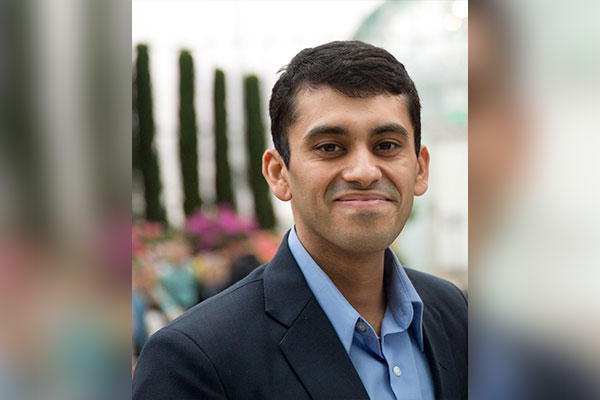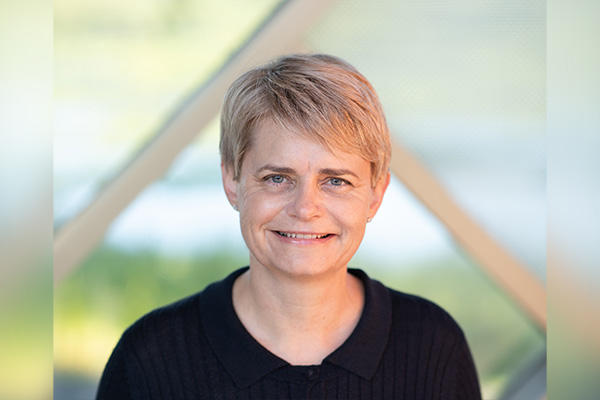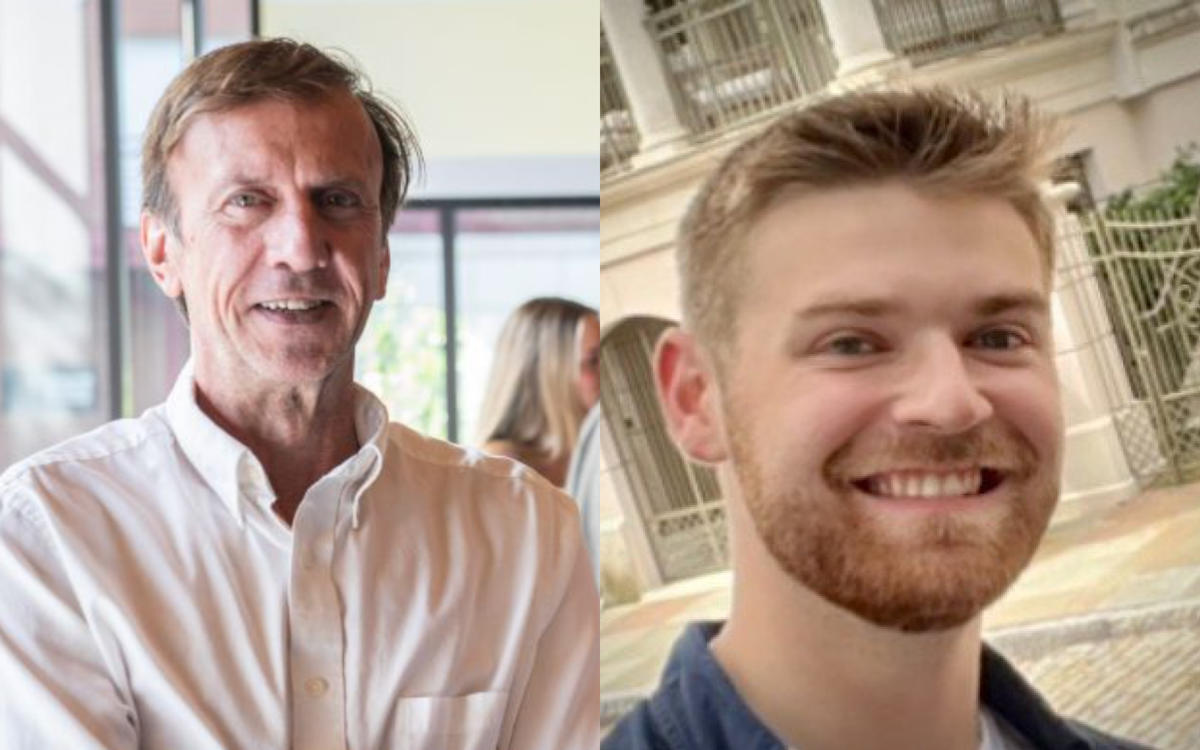Unfamiliarity with Naloxone Rules Leads to Low Prescribing Rates Among MN Providers
October 3, 2017

MINNEAPOLIS/ST. PAUL — With opioid overdose deaths increasing at alarming speed, naloxone, an overdose antidote, provides some hope amidst a grave, serious public health crisis. From 2014 to 2015 alone, opioid-related overdose deaths increased 11 percent in Minnesota.
But many providers don’t fully understand naloxone legislation, and many remain wary to prescribe it.
“Our survey shows prescribers who are more aware of state laws regarding naloxone and confident in their knowledge of dosing, administration, and writing protocols may be more willing to prescribe it,” said lead author Mark Schneiderhan, Pharm.D., associate professor in the College of Pharmacy – Duluth.
The article was published earlier this month in Substance Abuse.
Schneiderhan conducted an anonymous online survey of prescribers from Northern Minnesota, Northwest Wisconsin and North Dakota. The sampling was small, but telling. 203 of 1586 prescribers responded. And the majority of the respondents had never prescribed naloxone. Those who were more aware of state laws surrounding the drug felt more confident in properly dosing and administering it.
“I was not surprised by the results of the low prescribing rates,” Schneiderhan said. “I was hoping the survey results would help guide prescriber education efforts and increase naloxone access to the public.”
It also demonstrates a need for more education, training and awareness surrounding naloxone and opioid abuse – in the community and in pharmacies.
“Hopefully, state policy makers will revisit current laws to determine if current legislation is effective in making it easier for healthcare providers including pharmacists, to provide naloxone to people who might be at risk of opioid overdose,” Schneiderhan said.
Schneiderhan added that it’s critical to consider all intervention options for substance abuse disorder. Naloxone is important, but shouldn’t be approached as a permanent treatment plan. Some providers fear prescribing the antidote could enable some individuals to continue using opioids. That could play a role in some prescribers’ hesitancy.
“Naloxone is not a treatment for substance use disorder,” Schneiderhan said. “There is a need to ensure that substance dependency rehab is available to victims who are repeatedly revived to ensure that the do not eventually die of an overdose.”
The College of Pharmacy is already taking steps to further explore naloxone prescribing and availability in Minnesota, and expanding outreach projects to combat the opioid epidemic overall.
One project in particular aims to increase naloxone distribution across the Iron Range, particularly in communities like Ely, Virginia, Cotton and Cloquet, to 50 percent. That initiative is led by Laura Palombi, Pharm.D., M.P.H., in partnership with the Rural AIDS Action Network, St. Louis County and Carlton County.
Palombi is also working with Heather Blue, Pharm.D., The Minnesota Department of Health, the Minnesota Pharmacists Association and the Board of Pharmacy on a naloxone survey, which was distributed to more than 8,000 Minnesota licensed pharmacists to assess their knowledge of and comfort with the Minnesota Opiate Protocol. The current protocol allows pharmacists to dispense naloxone under collaborative practice agreements with prescribers. The survey is intended to help identify misconceptions and educational gaps to guide future efforts to engage and support pharmacists in prescribing naloxone and fighting the addiction crisis.
These rural areas have been hit hardest by the opioid epidemic, where overdose rates are highest in the state.
While not an all-encompassing solution, these projects could build awareness, identify opportunities for intervention and support pharmacists in the community to make a bigger impact.
MORE: The University of Minnesota is driven to end addiction
(Originally published by Health Talk)


